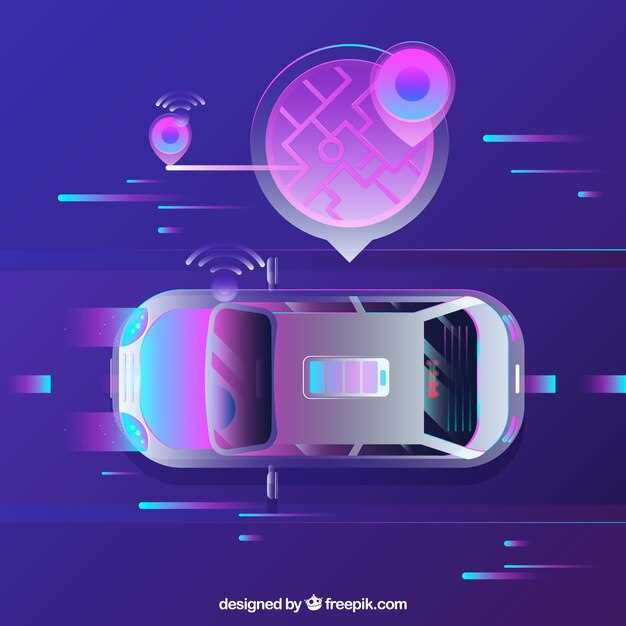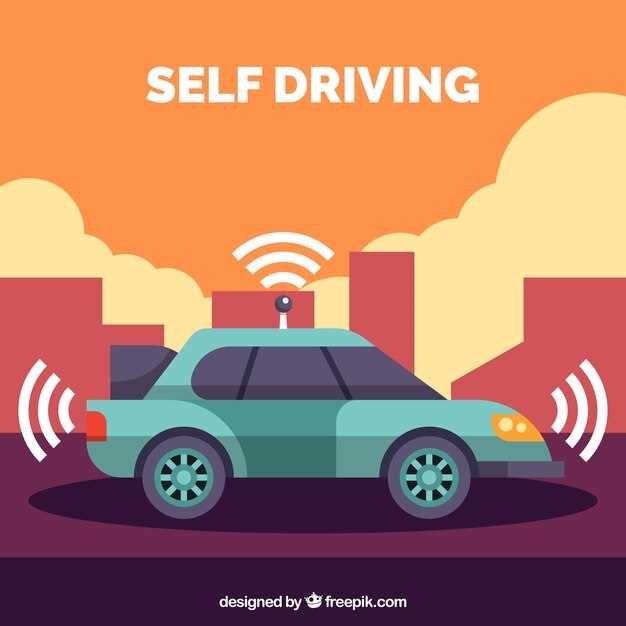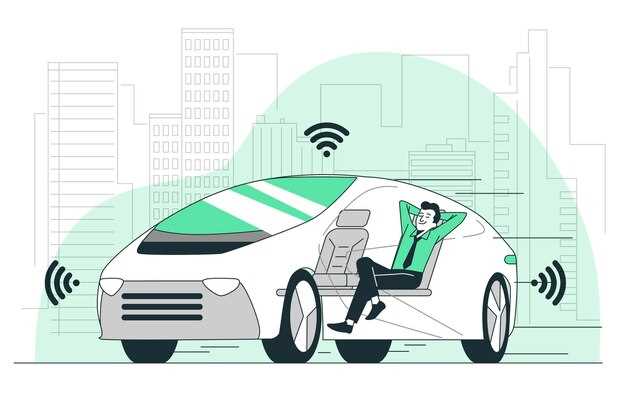
In recent years, the technology behind autonomous driving has witnessed remarkable advancements, revolutionizing the way we perceive transportation. From the early stages of development to the implementation of sophisticated systems in modern vehicles, the journey has been nothing short of extraordinary. These advancements not only enhance vehicle safety but also aim to improve efficiency and accessibility across various demographics.
The foundation of autonomous driving technology lies in the integration of multiple sensors, artificial intelligence, and machine learning algorithms. These components work synergistically to enable vehicles to navigate complex environments with minimal human intervention. As sensor technology advances, vehicles become increasingly capable of interpreting real-time data from their surroundings, allowing for safer and more reliable driving experiences.
Moreover, the significant strides made in connectivity, such as Vehicle-to-Everything (V2X) communication, further enhance the potential of self-driving cars. This technology enables vehicles to communicate with other cars, infrastructure, and cloud networks, facilitating smarter decision-making processes. By leveraging these innovations, the automotive industry is not just creating smarter vehicles but is also laying the groundwork for a fully integrated transportation ecosystem.
How Sensor Technologies Enhance Safety in Self-Driving Cars

Sensor technologies are integral to the functionality and safety of autonomous vehicles. They enable these cars to perceive their environment accurately and respond to various driving conditions in real-time. The key sensor types include lidar, radar, cameras, and ultrasonic sensors, each playing a distinct role in gathering data.
Lidar (Light Detection and Ranging) utilizes laser beams to create precise, three-dimensional maps of the surroundings. This technology allows self-driving cars to detect obstacles, measure distances, and understand the layout of the environment even in low-light conditions. The high-resolution data provided by lidar contributes significantly to decision-making processes, enhancing safety.
Radar (Radio Detection and Ranging) complements lidar by utilizing radio waves to detect objects’ speed and distance. It is particularly effective in adverse weather conditions such as heavy rain or fog, where visibility is compromised. Radar systems can track moving vehicles and pedestrians, allowing for timely responses and mitigating potential collisions.
Cameras are vital for interpreting visual data, assisting in the recognition of traffic signs, signals, and lane markings. They provide a wide field of vision, crucial for identifying potential hazards at various angles. Advanced image processing algorithms work alongside these cameras to improve object classification and tracking, further ensuring the safety of self-driving operations.
Ultrasonic sensors are employed primarily for close-range detection, such as in parking scenarios. They help identify obstacles that may not be captured by other sensors, enhancing the vehicle’s ability to maneuver safely in tight spaces. This technology is essential for low-speed scenarios where precise movements are necessary.
The integration of these sensor technologies creates a layered safety system, allowing for redundancy. If one sensor type fails or is inconclusive, others can compensate, ensuring that the vehicle maintains a high level of situational awareness. This multi-sensor approach not only increases the reliability of autonomous driving systems but also instills confidence in users regarding their safety.
In conclusion, the evolution of sensor technologies is pivotal in enhancing the safety features of self-driving cars. By providing comprehensive environmental awareness and enabling effective decision-making, these technologies significantly reduce the risks associated with autonomous vehicle operation.
The Role of Machine Learning in Predictive Driving Models

Machine learning plays a crucial role in the development of predictive driving models for self-driving vehicles. These models analyze vast amounts of data from various sensors, including cameras, LiDAR, and radar, to make informed decisions in real-time. By utilizing algorithms, self-driving systems learn from past driving scenarios, enabling them to predict potential hazards and respond accordingly.
One of the key advantages of machine learning in predictive driving is its ability to improve over time. As self-driving cars encounter diverse driving conditions and environments, they gather new data that is fed back into the machine learning models. This continuous learning process enhances the system’s accuracy in understanding complex situations, such as predicting the behavior of pedestrians, cyclists, and other vehicles on the road.
Additionally, machine learning techniques, such as reinforcement learning, allow self-driving vehicles to develop strategies for navigating challenging scenarios, such as merging into traffic or navigating through intersections. These models simulate different driving scenarios and evaluate outcomes to determine the most effective approach, thereby optimizing the vehicle’s decision-making process.
Moreover, machine learning enhances the robustness of predictive models by identifying patterns and anomalies in driving behavior. Through clustering and classification techniques, self-driving cars can distinguish between normal and abnormal conditions, enabling proactive measures to prevent accidents. This capability is essential for the safety and reliability of autonomous systems.
In summary, machine learning is integral to predictive driving models in self-driving technology. Its ability to learn from data, adapt to new situations, and anticipate potential obstacles significantly improves the performance and safety of autonomous vehicles, paving the way for a future with smarter and more reliable transportation systems.
Challenges of Regulatory Compliance for Autonomous Vehicle Deployment
The deployment of self-driving vehicles presents significant challenges in regulatory compliance, stemming from the need to establish clear guidelines that ensure safety and public trust. Unlike traditional vehicles, autonomous vehicles rely on complex algorithms and sensors, which complicates the formulation of regulations that can keep pace with rapid technological advances.
One primary challenge is the lack of uniformity in regulations across different jurisdictions. Variations in state and national laws can create confusion for manufacturers and consumers alike. Each region may have different standards for safety testing, performance metrics, and liability in the event of an accident involving a self-driving vehicle, leading to fragmented implementation and increased costs.
Furthermore, the existing regulatory frameworks were primarily designed for human-operated vehicles and may not adequately address issues unique to autonomous technology. This includes considerations such as the decision-making processes of self-driving systems in emergency situations or their interaction with other vehicles and pedestrians. Adapting these frameworks to accommodate the nuances of self-driving technology presents a monumental task for regulators.
Data privacy and cybersecurity also pose critical challenges. Autonomous vehicles generate massive amounts of data that must be securely handled to protect user privacy while complying with regulations like GDPR or CCPA. Ensuring that self-driving systems are shielded from cyber threats is fundamental not only for user safety but also for maintaining public trust in this innovative technology.
Lastly, stakeholder collaboration is crucial but challenging. Achieving consensus among manufacturers, regulators, insurance companies, and the public requires extensive dialogue and cooperation. The need for standardized testing and validation processes that are universally accepted remains a significant barrier to smooth regulatory compliance, delaying the deployment of self-driving technologies on public roads.